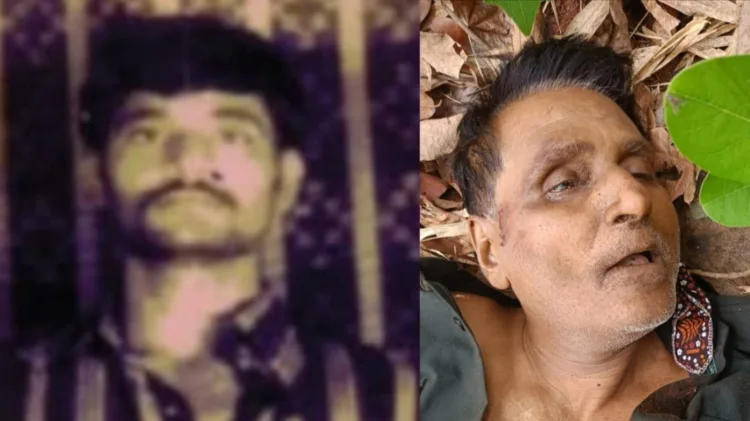
Under Amit Shah, the Red Corridor Linked to Naxals Shrinks, Frustrating Urban Naxals
The landscape of Naxalism in India is changing rapidly, particularly the Red Corridor, under the guidance of Union Home Minister Amit Shah. This region, historically associated with significant Naxal activities, is witnessing a notable contraction as the government intensifies its efforts to combat this insurgency.
Between 2015 and 2020, reports revealed a remarkable 47% decrease in Naxal violence. This decline reflects the government's effective strategies addressing the core areas of the Red Corridor, which spans across states like Chhattisgarh, Odisha, and Jharkhand.
Despite this reduction in violence, the Red Corridor still faces challenges. In 2021, 85% of left-wing extremist incidents in India occurred in its 25 districts, indicating that while activities may be decreasing, the threat persists.
A key focus of Amit Shah's government is the identification and counteraction of urban Naxals. These individuals, believed to offer support to Maoist ideologies, are now under heightened scrutiny. The government’s strategy includes meticulous monitoring of finances linked to these groups to stifle funding for Naxal operations. Many argue that this approach blurs the lines of civil liberties, inciting discontent among urban Naxals and their sympathizers as outlets like Newslaundry express their frustrations publicly.
Operational successes are significant. Security forces have reported the elimination of numerous Naxal operatives, with reports indicating that over 50 Naxals were eliminated in just ten days in Chhattisgarh's Red Corridor. This aggressive stance has led to increased tension, especially among those labeled as urban Naxals who see these actions as a direct threat to their freedoms.
In summary, Amit Shah's efforts to diminish Naxal influence are yielding visible results, yet the reactions from urban Naxals reveal a complex narrative surrounding the ongoing battle against this insurgency. For further insights, you can check this article on related developments.
Naxalite Leader's Killings Escalate Security Operations

Recently, there have been significant developments regarding Naxalite leaders being targeted by security forces. The most notable event was the death of Nambala Keshav Rao, a notorious Naxalite leader also known as Basavaraju. He was killed in an encounter with security personnel in Chhattisgarh's dense Abujhmad forests, a recognized base for Naxalite activities. This operation by the District Reserve Guard (DRG) led to the neutralization of around 30 Naxals, highlighting the ongoing crackdown on insurgent leadership.
The intensity of security operations against Naxalite groups continues to increase, with reports confirming that in a recent ten-day span, approximately 50 Naxals were eliminated within Chhattisgarh's Red Corridor. This demonstrates a concerted effort by authorities to dismantle the operational capacity of these insurgent factions and disrupt their hierarchy.
Arrests have also surged alongside the violence. One such example includes the capture of a Maoist leader who faced a bounty of ₹0.6 million (about US$7,100) near the Maharashtra-Chhattisgarh border. Furthermore, security forces successfully neutralized two prominent leaders from the Jharkhand Jan Mukti Parishad in Latehar, Jharkhand. Notably, one of these individuals carried a substantial reward of ₹10 lakh on his head.
These recent developments encapsulate a significant escalation in efforts to combat Naxalite insurgency, with a pronounced focus on high-value targets within these groups. The elimination of leadership figures and ongoing operations signal a determined push to eradicate Naxalite influence in these strategic regions. For more in-depth insights, check this article for the latest updates.
